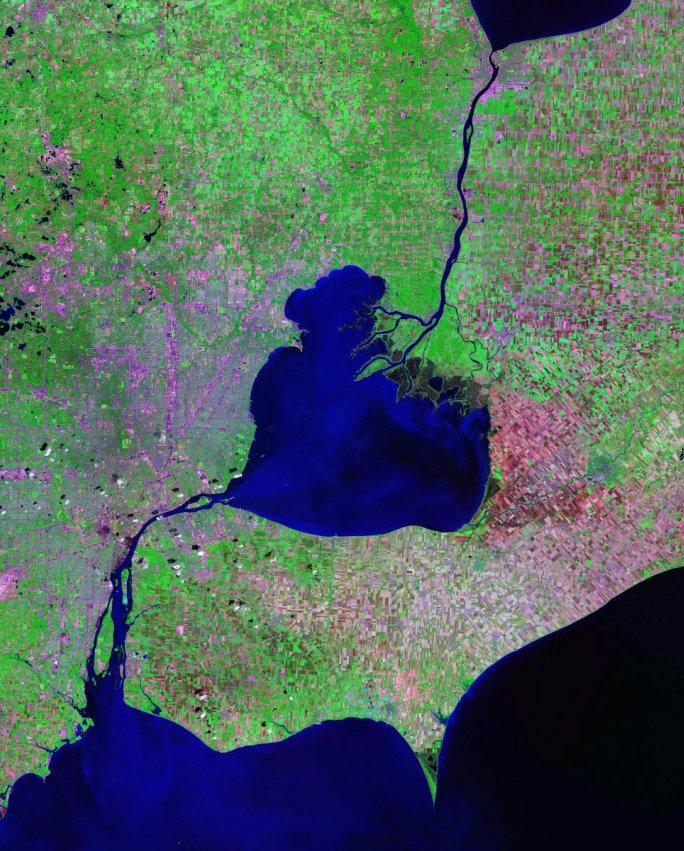
—by James LaForest
When hearing the term ‘Muskrat French’ people usually have one of the following responses: they know it as the ‘folk name’ of the French Canadians of the Detroit River region; they think of the annual events around Lent when muskrat is eaten in the same area; or they have no idea what it could possibly mean!
In fact, it is a multifaceted, historic culture. Although some consider it a fading or even a dead culture, the evidence shows quite the opposite. The most well-known expression of the Muskrat French culture is undoubtedly the yearly muskrat dinners that are held during Lent and other times of the year when muskrat is available. The dispensation for regional Catholics to eat muskrat during Lent dates from many decades or centuries ago and is the stuff of legend. And as legends go people have not only continued to honor it, but have raised their voices in protest when authorities tried in the 1980s to end the tradition.
Less known perhaps is that the local French dialect is also known as Muskrat French. If you have parents or grandparents who come from the area and they spoke French, it is likely that this is the French they were speaking. Little study has been done on the language, although it is still spoken in the greater Lake St. Clair, Ontario area. One major work on the topic is available (in French) entitled Mots Choisis by Marcel Beneteau. A few scholarly articles on it can be found dating as far back as the 1890s.
The cuisine of the local Muskrat French is also a bit more extensive than muskrat. The availability of ethnic/historical cookbooks and animated discussion on social media shows that food is among the strongest legacies of the culture, including recipes for hearty fare with origins in the fur trade. Simple dishes, reflecting the nature of the local culture show traces of Indian, French, and metis diets.
One must admit that the appellation ‘Muskrat French’ does not exactly give it mass appeal. To a certain extent some people may be less than willing to identify with it, even if their recent ancestors lived the culture. However, if you begin digging into the history of why and how this name and this people came to be, you might be surprised to learn that it is a moniker with much deeper roots than the early 20th century ‘muskrat carnivals’ and dinners that are recorded in the excellent essays by local historians Dennis Au and Ralph Naveaux and in newspaper articles. (See: Remnants of Mushrat French Cuisine and The Mushrat French: The Survival of French Canadian Folklife on the American side of le Détroit.)
The term ‘Muskrat French’ can be traced to at least the early 1870s with reference to earlier use. There is a case to be made that its origins can be found in the culture of early French settlers and voyageurs of the Great Lakes and the metis communities that arose out of the contact between Indian and French peoples.
I explore this topic in more depth in my article on Muskrat French There I present research suggesting that the genesis of this culture can be seen in early French Detroit and the colonial conflicts of the late 18th and early 19th centuries. In the late 19th century and throughout the 20th century, it remained firmly entrenched as a distinct, local culture on both sides of the Detroit River and Lake St. Clair and was known throughout the country. This culture experienced, at times, profound marginalization based less on its French-ness and more on racial and class-based categories that the colonial British and American officials and later elite members of American society established.
The study of the ‘Muskrat French’ brings to light the way historical events in the late 18th and early 19th centuries impacted a local culture that developed in the Great Lakes beginning in the 17th century. It has the potential to show how regional community and folk life continues to be influenced by the colonial habitants and voyageurs in the fur trade and by Native/French encounters. This topic is fertile ground for young scholars who seek to explore new perspectives on culture in North America.


